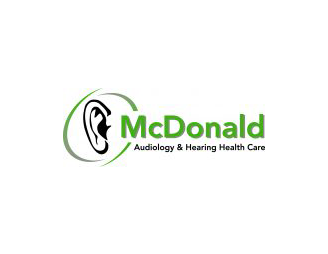What is the exact difference between a personal sound amplifier (PSA) and a hearing aid? One difference is that the PSA is being heavily advertised in recent months generating a great deal of confusion. On the other hand, you will not see nearly as many hearing aid promotions on TV or in magazines because they’re medical devices. As medical devices hearing aids are regulated by the FDA and can only be sold by licensed audiologist or hearing instrument specialist. Hearing aids are meant to help individuals with genuine medical hearing problems; they amplify sounds, but hearing aids also have additional controls and filters that allow them to be programmed to meet each user’s hearing needs.
In contrast, personal sound amplifiers were developed for people with normal hearing. A personal sound amplifier increases the volume level of sounds by amplifying them. Some PSAs look very much like hearing aids, but they aren’t; the only thing that they do is increase the volume of surrounding sounds. PSAs cannot adjust to individual needs, selectively amplify certain frequencies or filter background noise the way that hearing aids do.
If you are on a limited budget, PSAs may seem like a far more reasonably-priced substitute for hearing aids ($100, as opposed to thousands of dollars for quality hearing aids). That is precisely why the FDA has issued alerts about personal sound amplifiers and has put together websites and information campaigns to advise the public about the dissimilarities between these types of devices. The bottomline is, personal sound amplifiers are only for people with normal hearing. If you are having difficulty hearing in situations where other people are not having problems, you should see an audiologist or hearing specialist for a hearing test. Use of a personal sound amplifier when you really need a hearing aid has many downsides. First it can delay evaluation and management of your hearing impairment. Second, it might further damage your hearing if the personal sound amplifier is used at extremely high volumes.
So, before you make any decision about purchasing a device to help your hearing, see your audiologist or hearing specialist. Certain hearing problems (say for example an obstruction of the ear canals caused by a ear wax accumulation) can be reversed in a single doctor’s visit. Hearing loss due to permanent inner ear damage can be improved with carefully prescribed and programmed hearing aids. Ignoring the base problem by choosing a device that does nothing but increase volume levels can cause you to postpone appropriate treatment that might correct your hearing, and thus eliminate the need for either PSAs or hearing aids.
That said, if your hearing specialist or audiologist doesn’t find any signs of significant hearing loss, but you’re still having some difficulty hearing, you may consider an inexpensive personal sound amplifier to help you hear. When looking for one, study the device’s specifications, and only purchase those that adequately amplify sounds in the frequency range of human conversation (between 1000 to 2000 Hz). Only consider models with a volume control and built-in limits that don’t allow the volume levels to exceed 135 decibels. There is a role for personal sound amplifiers in the market when utilized by the right people. They can be very helpful for people with normal hearing to hear distant or faint sounds better. They just should not be wrongly identified as legitimate hearing aids, or be utilized as an alternative to them by individuals with true hearing loss.

